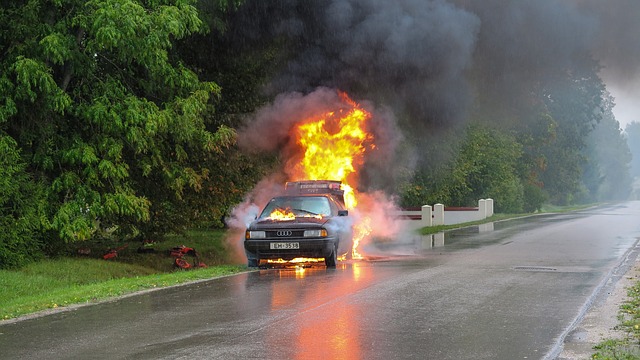What can you do if your vehicle is overheating? Advancement in technology has made it possible for vehicles to be ladened with sophisticated cooling systems, what used to be a simple system now has a computer-controlled fan to enhance cooling at any given weather condition.
But then even with all this improvement in technology cars still experience overheating, so what can you do if your vehicle is overheating? This article will present some simple suggestions on what you can do when you experience overheating.
Why do engines overheat?
In the human body, there are specialized organs for the removal of waste products of metabolism, if any of these organs should fail then it will pose a serious health challenge to the individual, likewise, heat is a waste product of combustion in the vehicle, the engine has been designed to remove or cool off the heat, hence overheating will occur whenever there is leakage in the system or when the engine traps more heat than it should.
Other than blockages in the system a vehicle might also experience overheating due to a faulty or broken water pump or radiator fan, or from a clogged hose.
Whatever the cause overheating is just one of the things one should never experience on a lonely highway, especially at night.
How to know if your vehicle is overheating
After observing overheating vehicles, it can be noted that they usually exhibit one or more of the following characteristics or attributes:
- Smoke-like steam exudes from underneath the hood. This may not be obvious in some vehicles.

2. Temperature spikes on the dashboard, the temperature on the dashboard may be inching close to the “H” area or the red zone.
3. The smell of burning oils emanating from the hood, or perhaps the scent of evaporating coolant. It can also be a mixture of both odors.
What to do if your vehicle is overheating
So you noticed that your vehicle is overheating, what should you do? Here are some suggestions you may follow
Draw the heat away from the engine
You can draw some of the heat away from your engine by turning on your car heater, the heater will counterbalance the heat in your engine and that which is inside your car.
You can use this method if the heat in and around the hood isn’t too intense or if the temperature gauge is not already in the “H” or red region.
Pullover
You can surely take this surest safety measure. Pulling over enables you to allow your car time to cool, you can also use this opportunity to contact any roadside mechanic or a towing van.
Use the coolant
After pulling over patiently wait for the car to cool, this waiting period may extend from 15mins to 30 or 35mins depending on the intensity, if you try opening the hood while it is still hot you may get burns from the hot steam and liquids in the vehicle.
After the vehicle has cooled to a manageable temperature, you may add some coolant to the engine.
You should always take safety precautions while handling the hood, it is highly recommended that you use the hand glove to protect yourself.
After adding the coolant, you may proceed to drive while keeping eye on the dashboard’s temperature readings.
RELATED: A Comprehensive Guide to Car Dashboard Warning Lights
Service your vehicle
Every other suggestion given so far only provides a temporary solution to the problem, hence once you are able to drive, you should take the car to the nearest service station and get the underlying cause of the overheating to be sorted out.
In the past, we have provided insights on how you can check mileage in a used car engine, Detailed Vehicle History is currently providing one of the most detailed vehicle history reports in the automotive industry.
You can run a VIN check and acquire a detailed vehicle history report right away.










